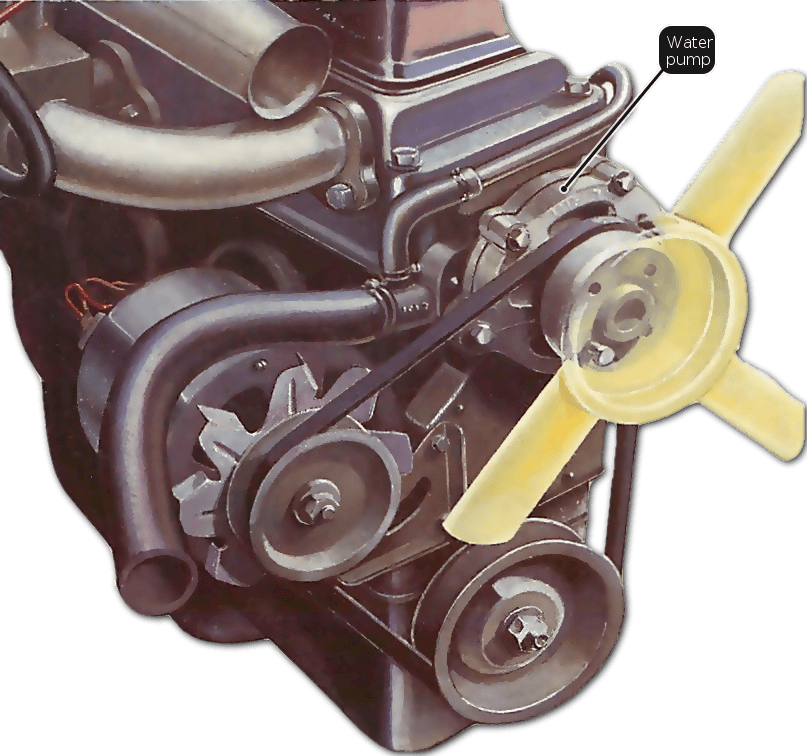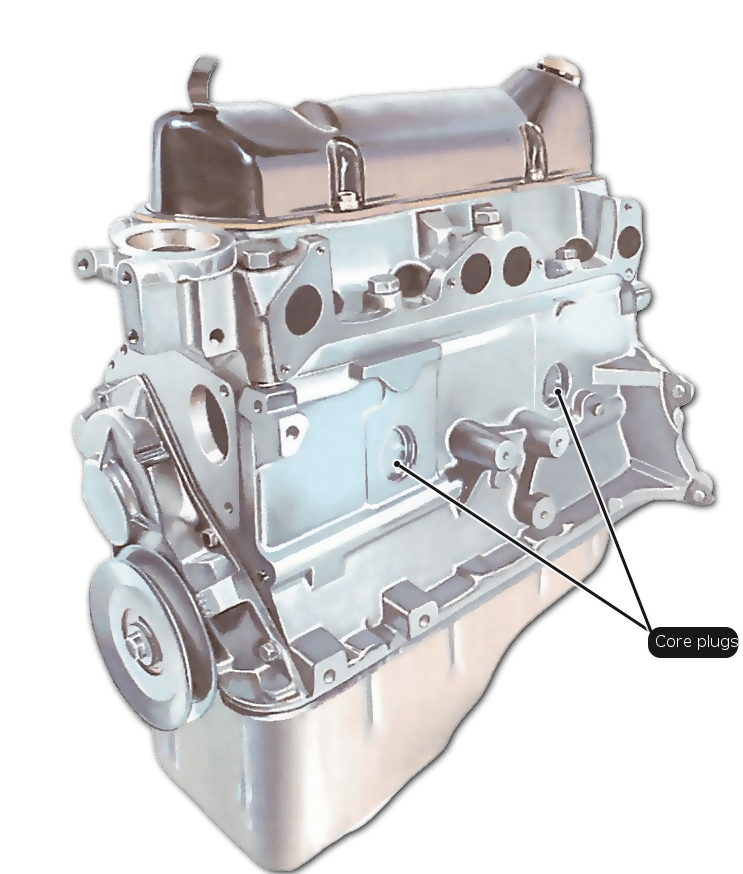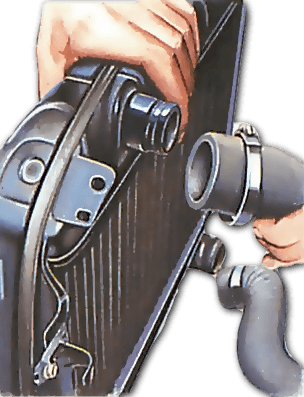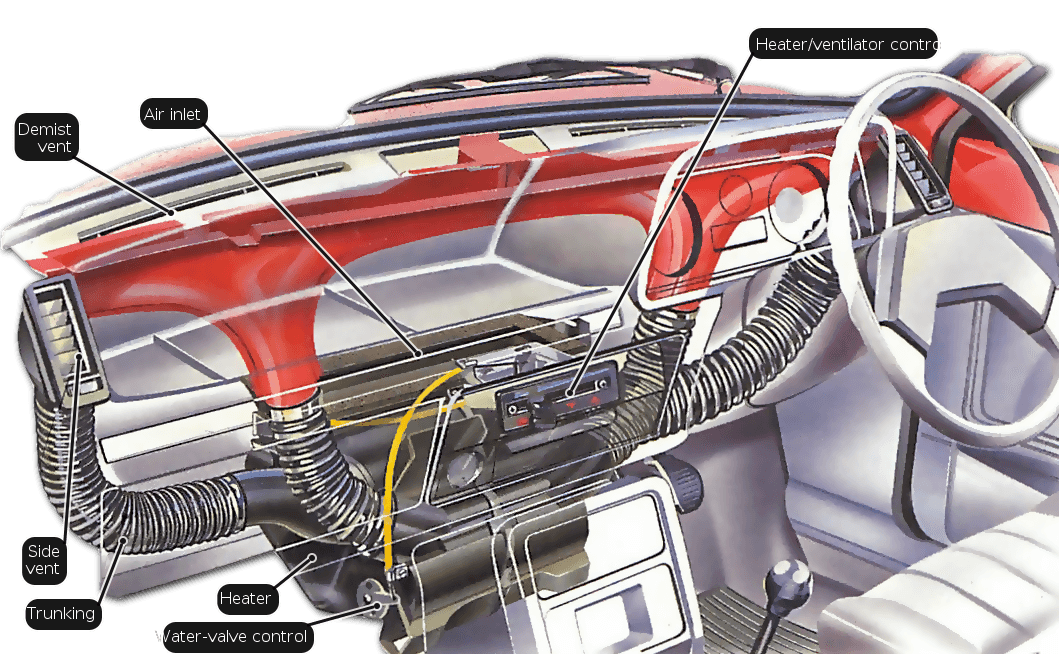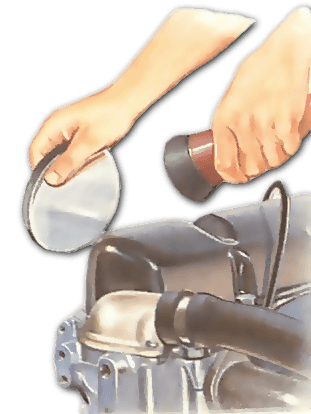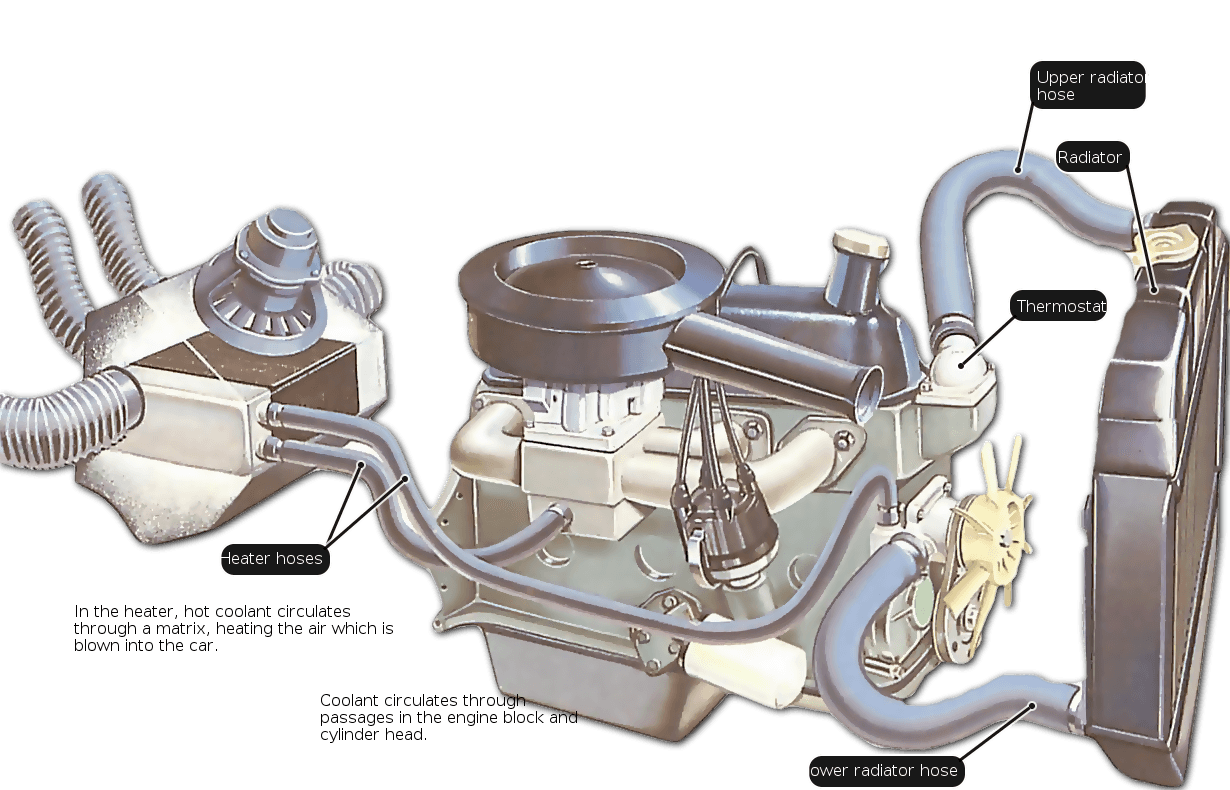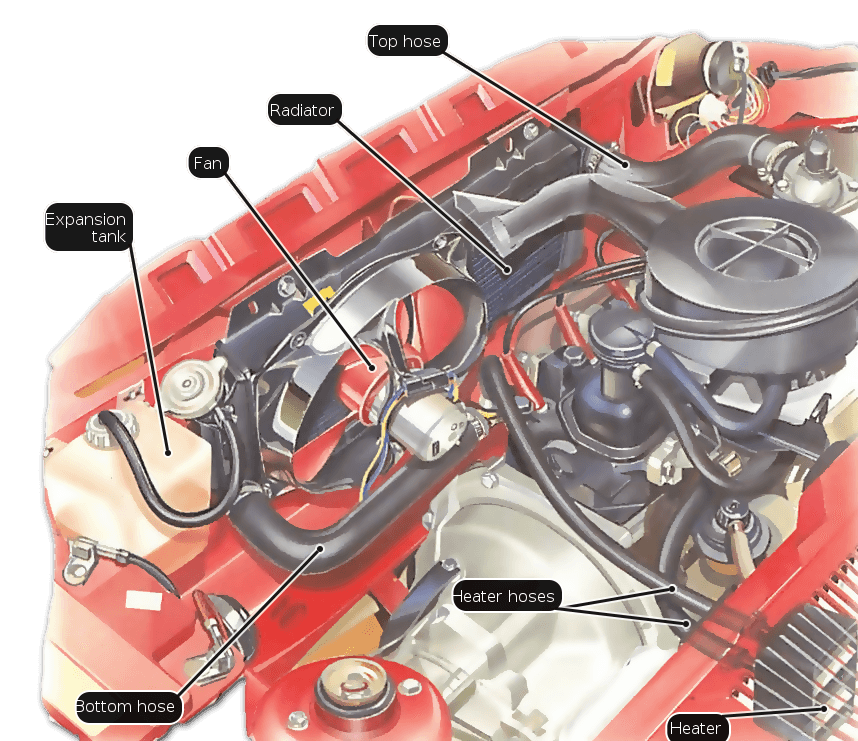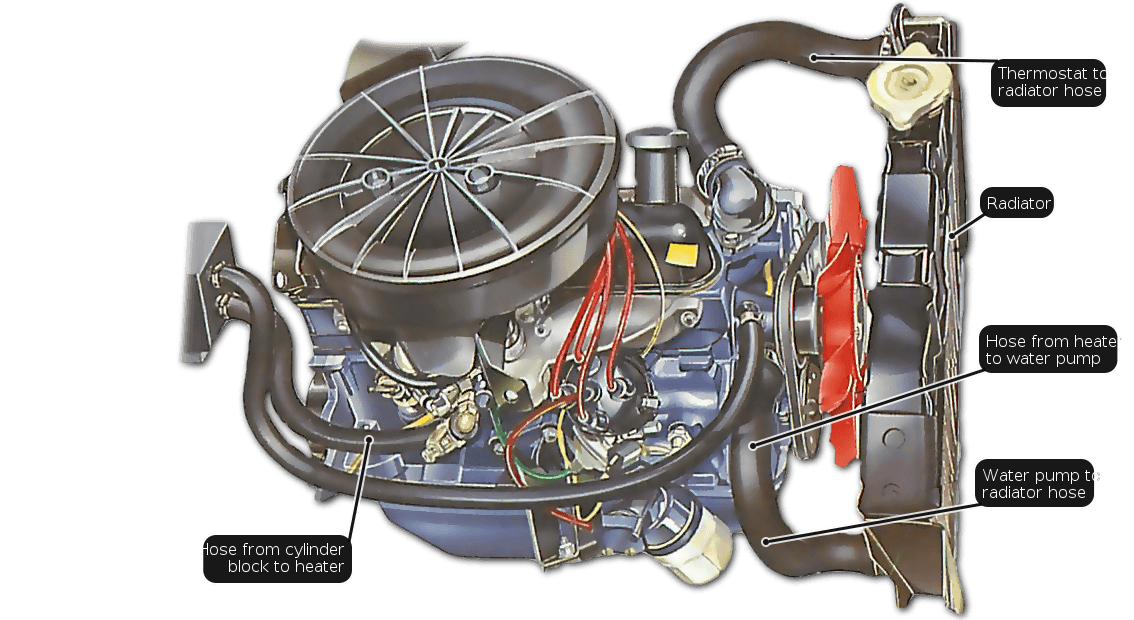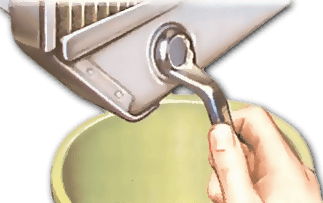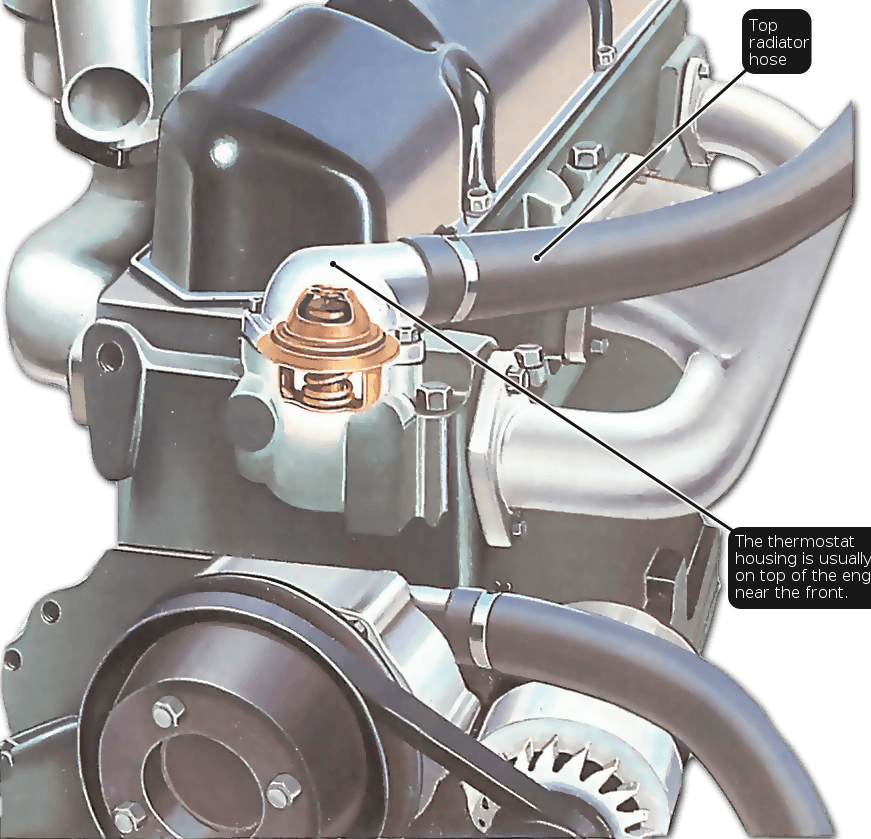Replacing a water pump
This is the water pump and drive layout found on most cars. The pump is mounted on the front of the engine and is driven by a belt which also drives the alternator. Water pumps wear out through age, through lack of lubrication on older types — which need greasing — or because the drive belt is too tight. A worn pump may leak around the spindle, in which case there are leak trails down the front of the engine and a slow loss of coolant. The pump may also…
Read More